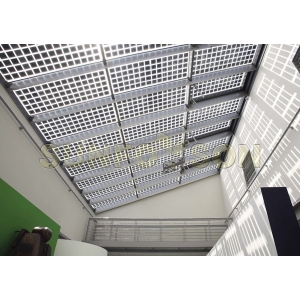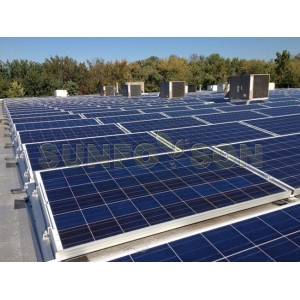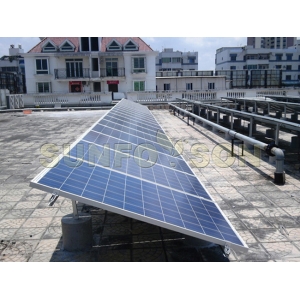On April 3, Beijing time, the United States issued a list of proposals to impose tariffs on Chinese products. The U.S. trade representative proposed to impose an additional 25% tariff on the Chinese products on the list, and tax the value of imported Chinese products to make up for the technological losses suffered by the United States.
According to the USTR Notice, the product list was developed using the following methods: Trade analysts from several U.S. government agencies confirmed products that benefited from Chinese industrial policy, including China Made 2025.
USTR announced the list (click to view the original view) including LED, panel, power generation equipment, metal products, aerospace, communications products, transportation and other products, a total of 1,300 items, all on the list of products, exported from China to the United States Will be subject to 301 tariff restrictions. Since the 301 clause relates to electromechanical related equipment, the solar industry’s biggest concern is whether it includes inverters. If the inverter is also affected, China's inverter manufacturers (such as Huawei, Sungrow, Jinlang, Goodwin, Growatt, Sanjing, etc.) will be affected by shipments to the United States. However, this list was not included in the list of inverter products. This doubt has been resolved.
In addition, stent products are also one of the most important subjects. Stainless steel, aluminum alloy, galvanized carbon steel, and hot-dip zinc are three types of materials that are often used in photovoltaic stents. However, stainless steel products are expensive and heavy; The aluminum alloy products are light and cheap, and their application scope in photovoltaic brackets is much larger than that of stainless steel products. Galvanized carbon steel and hot-dip zinc products are not listed in the 301 clause.
New Energy Research Center's new energy research center set state state energy network EnergyTrend judging, this 301 terms clearly lists 76061230/76061260/76069230/76069260 - aluminum alloy (plate, sheet, strip) products, these products are strictly stipulated model - - The thickness is 0.2mm, which is an aluminum plate product. The aluminum alloy material used in the photovoltaic bracket needs the thickness and mechanical strength of the bracket to meet the requirements of the standard. The basic thickness is equal to or greater than 2.2 mm, and it has good corrosion resistance and resistance. Windability can maintain the service life of 25 years. According to this, the use of aluminum alloy materials for photovoltaic brackets is not included in this list of category 301 items.
Incidentally, in the cost of photovoltaic power plants, the proportion of the stents to the total cost is 6%.
Aluminum alloy materials in the photovoltaic system, in addition to use in the bracket, but also used in the component frame, the area of the aluminum alloy outer wall thickness requirements 1.5mm, the thickness of the inner wall is appropriate to meet the production and use requirements, according to this Sub-301 aluminum alloy products do not include solar module frame products.
In addition, the tariff number 85414020 mentioned in the industry is a matter of solar cells. Whether it is a USTR document or the result of a direct Google search for a tariff number, it is pointed out that the tariff number is a light emitting diode and the description of the 8541 mother taxation number includes Several optoelectronic products, including LEDs and "solar photovoltaic cells, whether packaged into solar modules or panels," and this description is in fact consistent with the complete description of solar products between China and the US. If 301 is related to solar energy, then the same product will be affected by the triple effect of Shuanghe, 201, and 301, which is not consistent with common sense.
According to the relevant documents of China and the United States, the tariff numbers of solar products affected by the double counter-influence are 8501.61.0000, 8507.20.80, 8541.40.6020, 8541.40.6030, and 8501.31.8000. Considering comprehensively, Jijun New Energy Network EnergyTrend judges that the 85414020 number should be determined to have nothing to do with solar cells.
In summary, it seems that the 301 clause has no direct impact on China's photovoltaic industry. At present, the solar trade relationship between China and the United States is mainly limited by trade barriers such as Sino-US anti-Seoul, and Article 201. Since the list of 301 articles does not include solar energy products, the solar energy trade between China and the United States will still be implemented in accordance with existing trade barriers. EnergyTrend will continue to pay attention to this 301 decision.















